CARING WITH FAMILY
|
| The level of affection a dog breed is likely to exhibit towards family members or familiar faces can vary widely. There are breeds that display reserved behavior, showing a strong attachment to only their owners and maintaining a distance from others. On the flip side, some breeds are known for their gregarious nature, offering friendly wagging tails and eager affection to anyone within the family circle or among their well-known acquaintances greeting them as if they are long-lost friends. |
LOVE WITH CHILDREN
Unwise
Good With Children
|
| The degree to which a breed tolerates and is patient with children's behavior, as well as its general compatibility with familial life can be quite breed-specific. Some breeds display remarkable patience and gentleness which makes them exceptionally family-friendly and tolerant of the unpredictable nature of children's actions. |
BEHAVIOR WITH DOGS
Unwise
Good With Other Dogs
|
| The predisposition of a dog breed towards friendliness with other canines can greatly differ from one breed to another. Certain breeds have a natural propensity to mesh well with their fellow dogs, showcasing ease and sociability during interactions both in the home environment and in communal settings. Other breeds may have a more reserved or dominant demeanor, necessitating careful and vigilant supervision during introductions and ongoing interactions with other dogs. Regardless of breed tendencies supervision is key to ensure smooth and safe engagements between dogs. |
SHEDDING LEVELS & MANAGEMENT
No Shedding
Hair Everywhere
|
| The amount of fur that a breed sheds can vary widely, with some breeds known for their heavy shedding while others are celebrated for minimal hair loss. High-shedding breeds will demand more grooming attention, such as regular brushing sessions to manage their loose fur. These breeds may also be more likely to activate allergic reactions in sensitive individuals and could necessitate more frequent housecleaning routines, including vacuuming and the use of lint rollers to keep living spaces and clothing hair-free. |
COAT GROOMING STANDARDS
|
| The grooming needs of a dog breed, including bathing, brushing, and trimming, can significantly vary, impacting the time, patience, and financial cost dedicated to pet care. Some breeds may thrive with sporadic baths and minimal brushing while others might need regular grooming sessions to maintain a healthy coat and skin. When contemplating the required grooming efforts it's essential to be realistic about your availability and willingness to commit to these routines |
DROOLING INTENSITY
Less Likely to Drool
Always Have a Towel
|
| The likelihood of a dog breed to drool can range significantly, from those that seldom exhibit this trait, to those known for their slobbery tendencies. If keeping a tidy, drool-free home and wardrobe ranks high on your list, opting for a less drool-prone breed may be a wise choice. |
COAT STYLES GUIDE |
| Silky |
| COAT SPECTRUM |
| Long |
FRIENDLINESS
Reserved
Everyone Is My Best Friend
|
| A breed's inclination to be amiable with strangers varies and is an important consideration when choosing a dog. Some breeds are inherently wary or reserved around unfamiliar people regardless of the setting and may require careful introduction and socialization to ensure they feel comfortable. Conversely, other breeds are characterized by their outgoing and sociable nature, frequently greeting newcomers with enthusiasm and friendliness. |
LIVELINESS
Only When You Want To Play
Non-Stop
|
| A dog breed's inclination towards playfulness can greatly vary, with certain breeds retaining their puppy-like zest for play well into their adult years, and others adopting a more sedate and relaxed demeanor once they've emerged from puppyhood. Breeds renowned for their perpetual energy and play-drive, such as many herding or sporting breeds, often take joy in interactive games like tug-of-war or fetch throughout their lives. They tend to thrive with owners who can provide them with plenty of mental and physical stimulation. |
VIGILANCE INTENSITY
What's Mine Is Yours
Vigilant
|
| A breed's propensity to alarm bark or alert their owners to the presence of strangers is a trait that can vary widely among different breeds. Some dogs have strong territorial instincts and are quick to sound the alarm at the sight or smell of an unfamiliar presence. They may be reactive to various stimuli from visitors like the mailman to wildlife such as squirrels. |
ADAPTATION CAPACITY
Lives For Routine
Highly Adaptable
|
| A dog breed's adaptability to change can widely range, affecting how seamlessly it can transition through variations in living conditions, noise levels, weather, routines and other life fluctuations. Some breeds are notably versatile and resilient, taking disruptions in stride and quickly acclimating to new situations or environments. These dogs often do well with travel, moving to different homes or adjusting to alterations in their family's daily schedule. |
OBEDIENCE LEVEL
Self-Willed
Eager to Please
|
| Educating your dog can range from straightforward to challenging and much depends on how keen they are to embrace new experiences. There are breeds that relish the joy of pleasing their owner, while some cherish their freedom, opting to act as they please. |
STAMINA LEVEL
|
| The level of physical activity and cognitive engagement required by a particular breed varies. Those with high energy are perpetually on the move, enthusiastically anticipating their subsequent escapade; expect them to be constantly engaged in vigorous runs, playful leaps and lively interaction. Conversely, breeds with lower energy levels are content to emulate a couch potato's lifestyle, preferring to lounge and drift into slumber. |
VOCALIZATION
|
| Likes To Be Vocal |
LEARNING CURIOSITY LEVEL
Happy to Lounge
Needs a Job or Activity
|
| The demand for cognitive stimulation to keep a breed content and vigorous can be considerably diverse. Dogs bred for certain roles often require tasks that draw upon decision-making analytical problem-solving, and sustained attention. Without such brain-engaging activities they'll seek out ways to keep busy developing projects that likely won't coincide with what you'd consider ideal. |
| COLORS |
|
Description
|
Registration Code
|
|
White
|
199
|
|
White & Black
|
202
|
|
Black & White
|
019
|
|
White & Gray
|
210
|
|
Gray & White
|
105
|
|
White & Red
|
214
|
|
Brown & White
|
063
|
|
| PATTERNS |
|
Description
|
Registration Code
|
|
Black Markings
|
002
|
|
Tri-Colored
|
086
|
|
Buff Markings
|
031
|
|
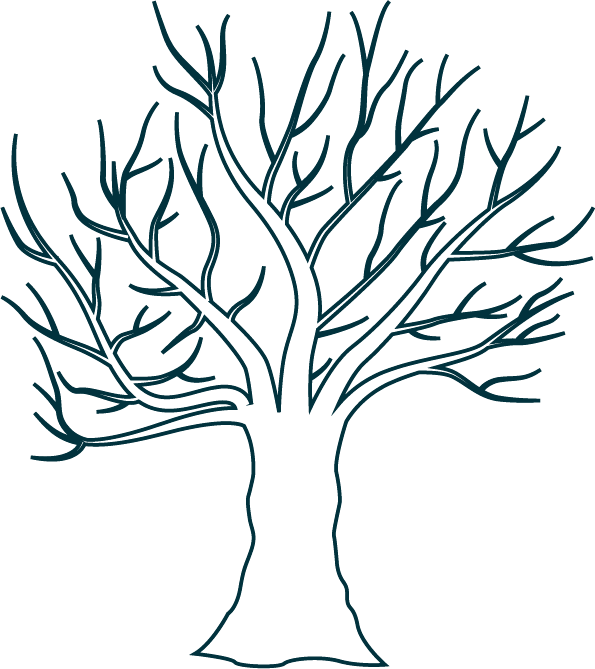


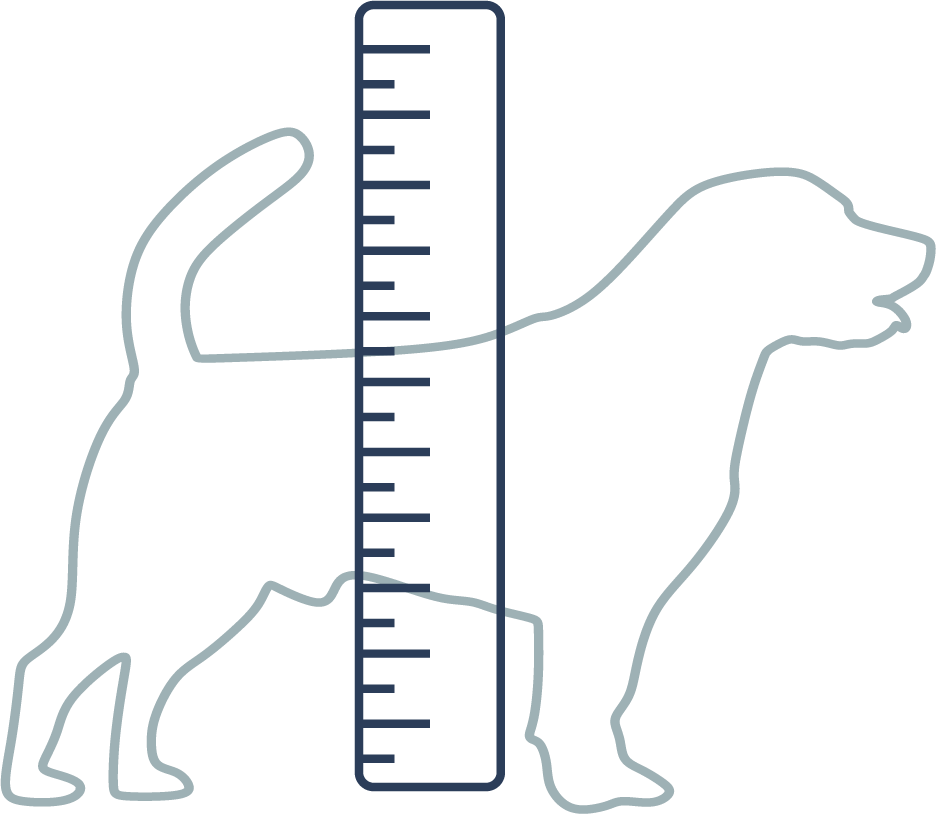
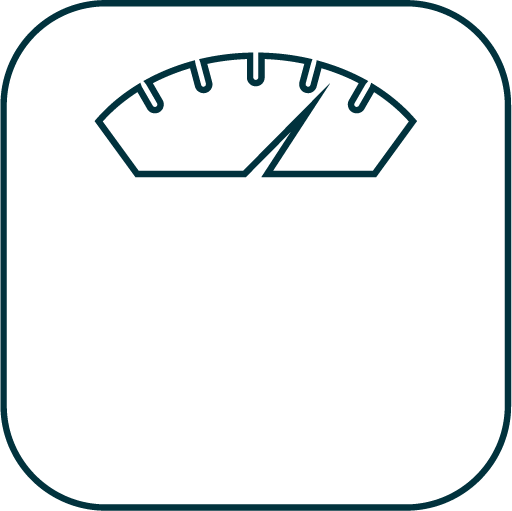

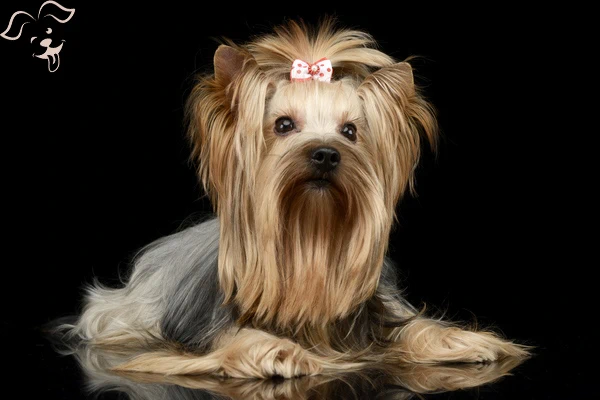
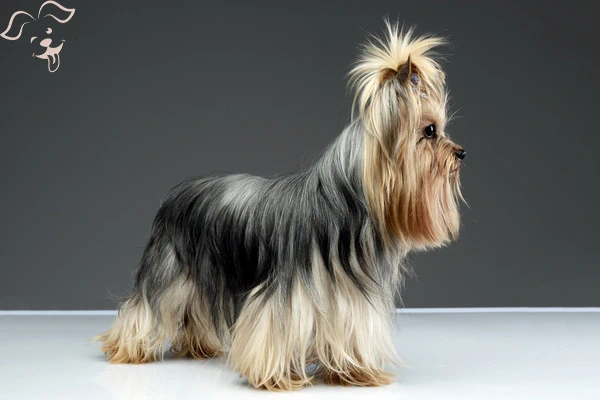
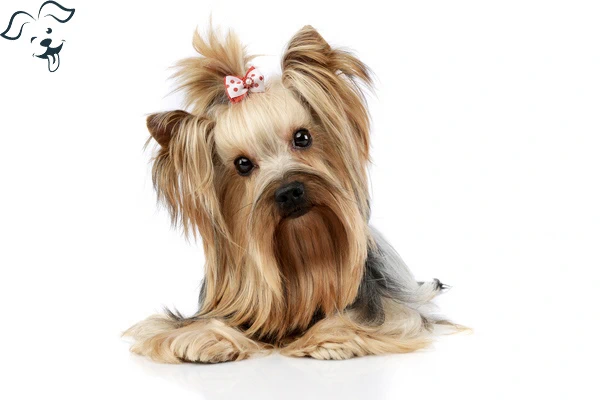
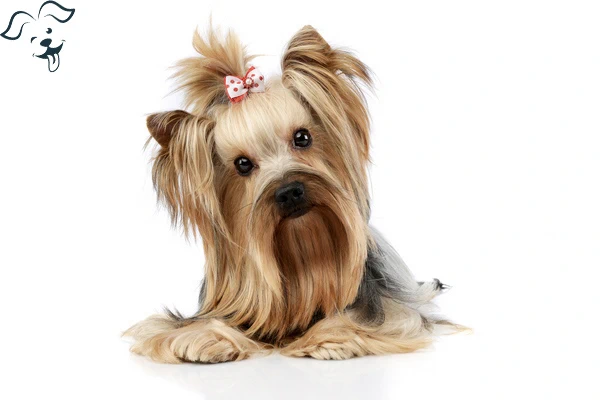





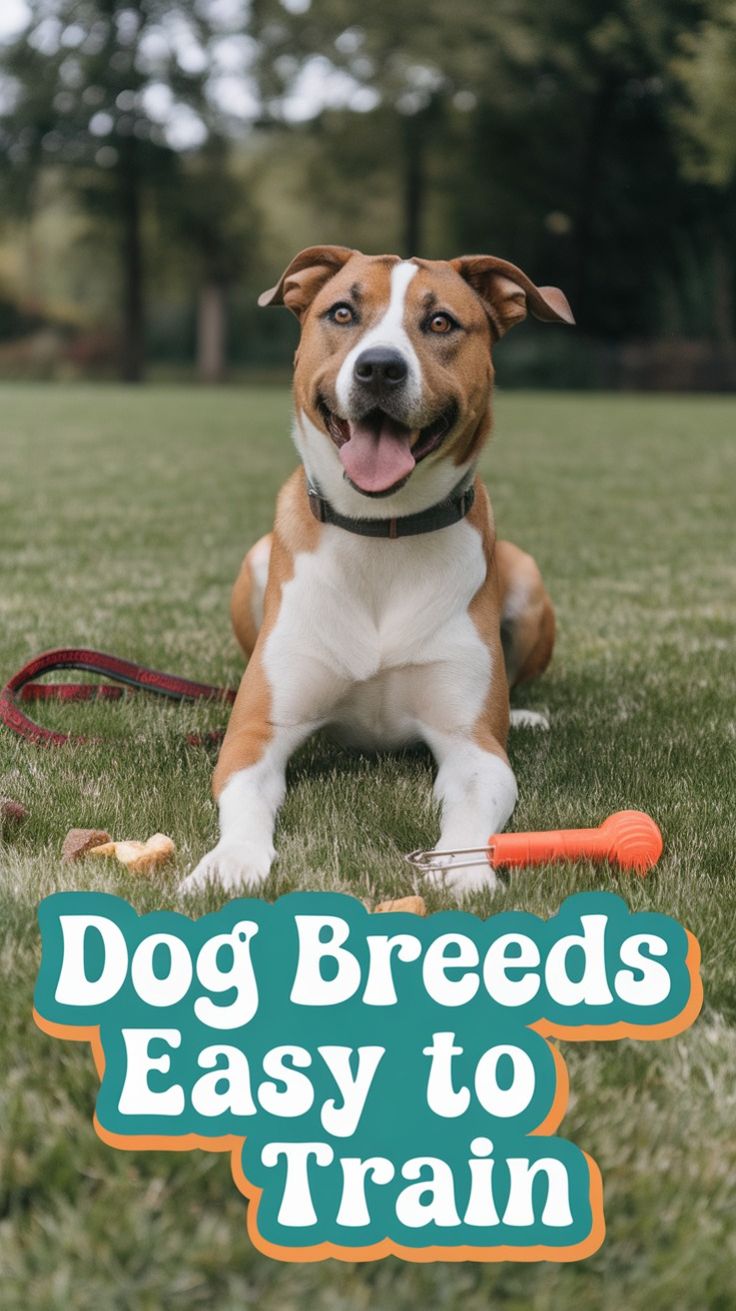
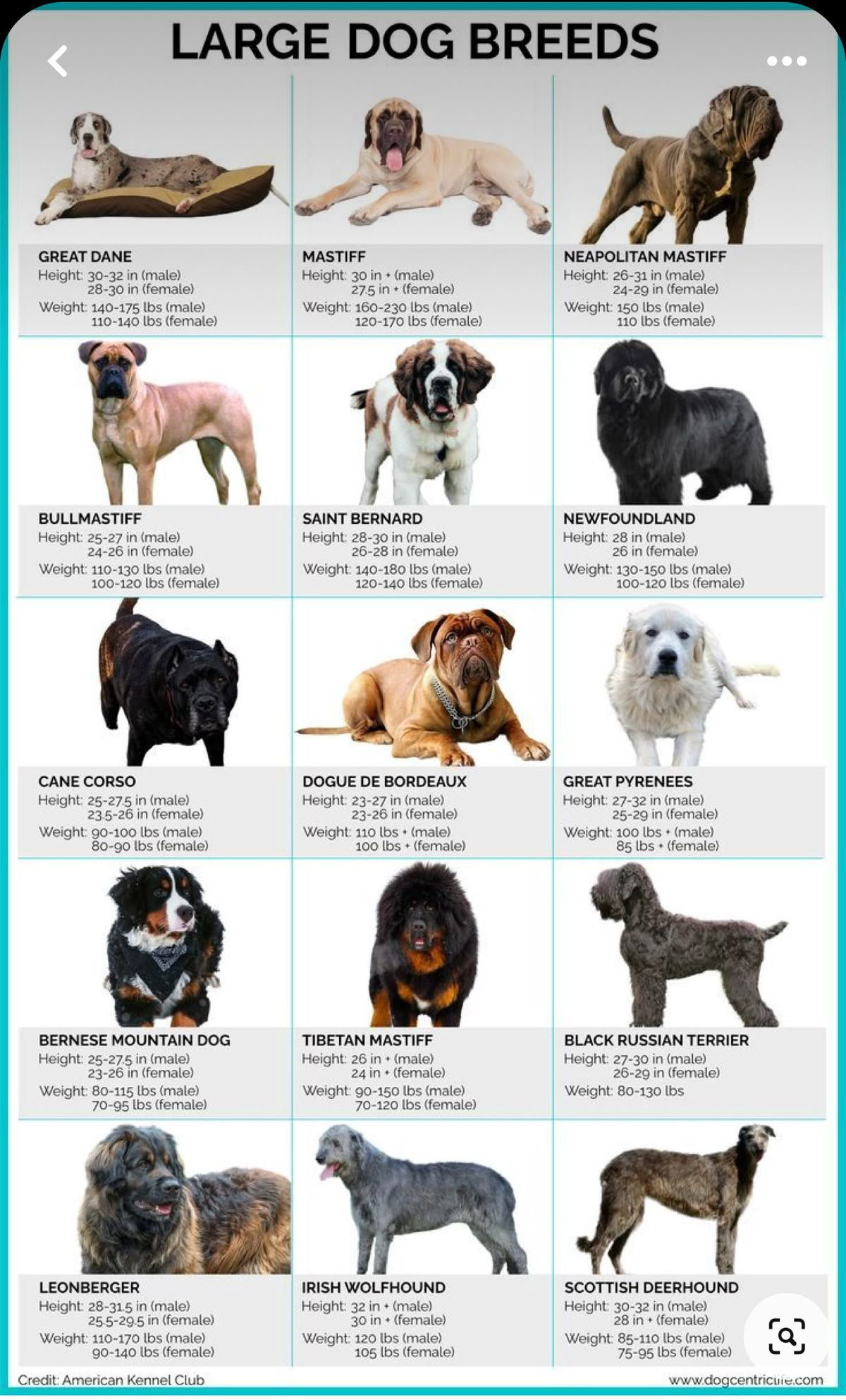

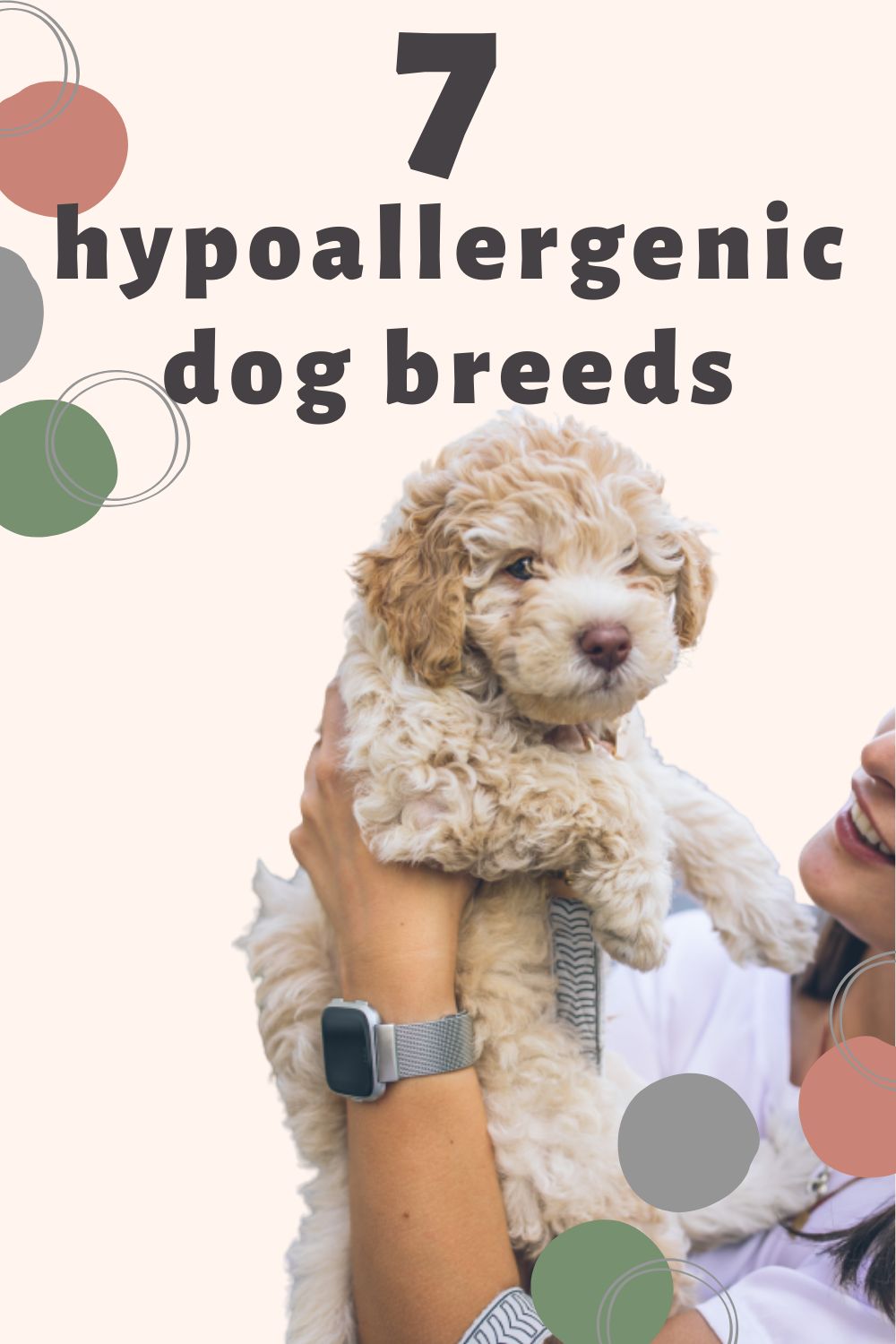
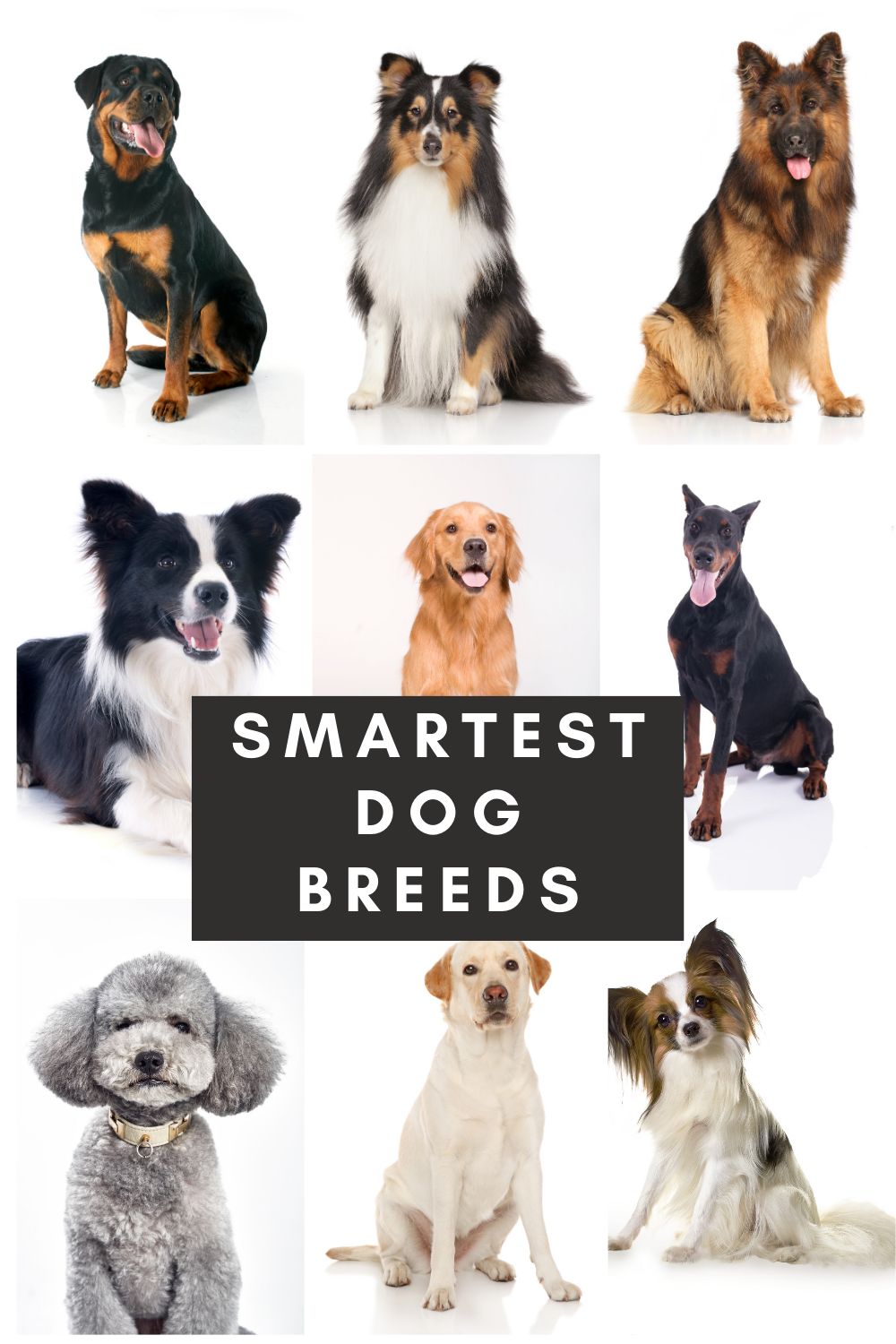
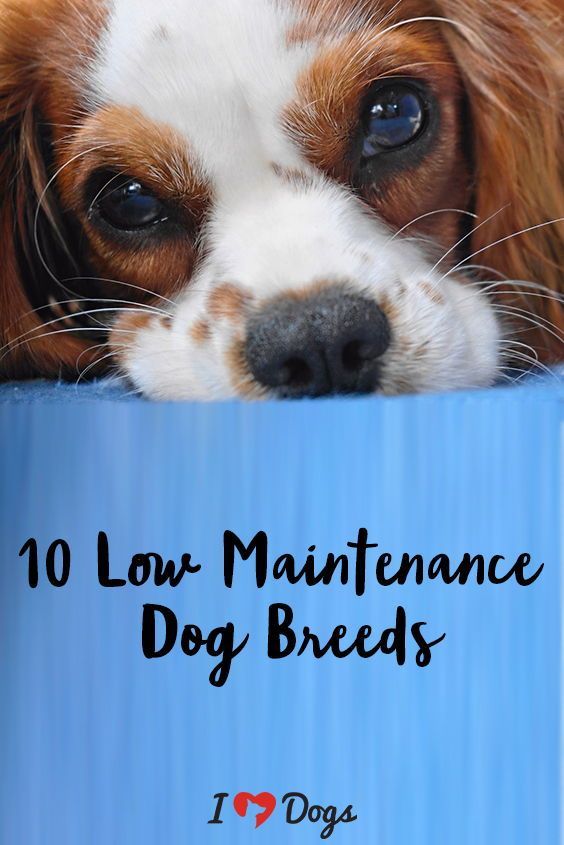
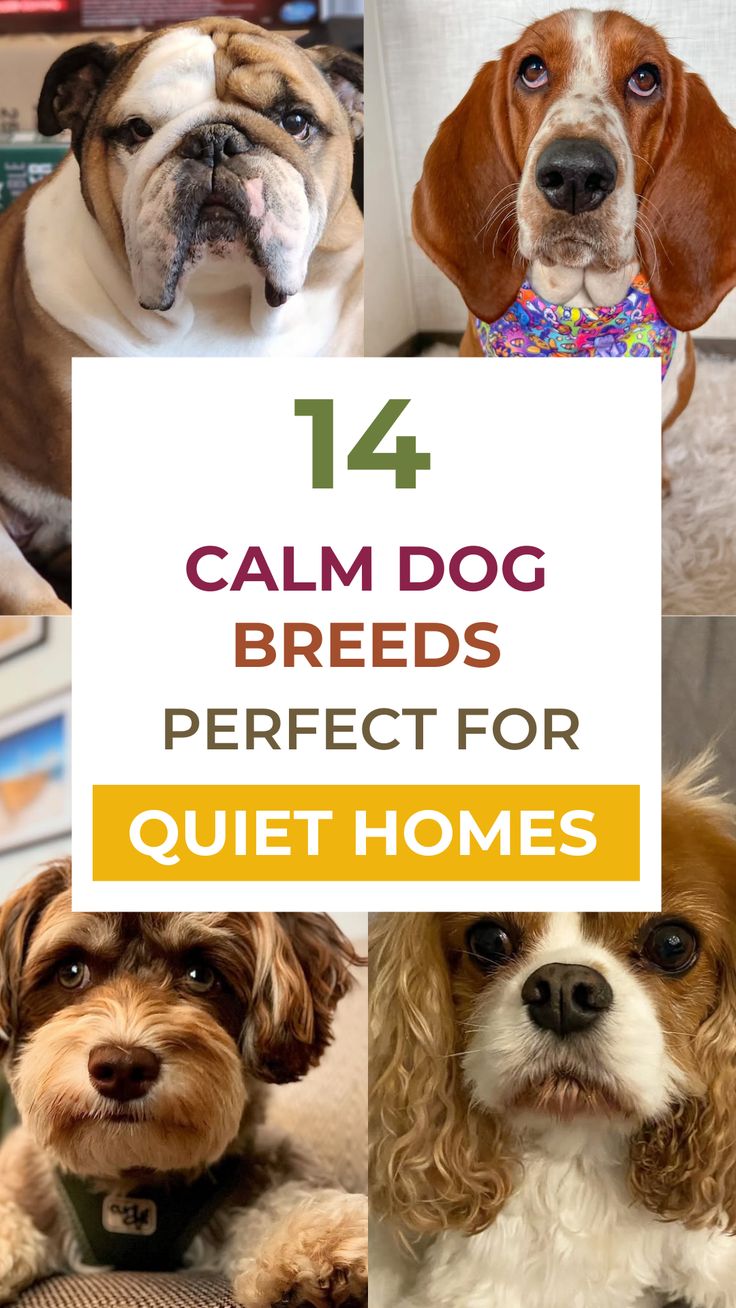

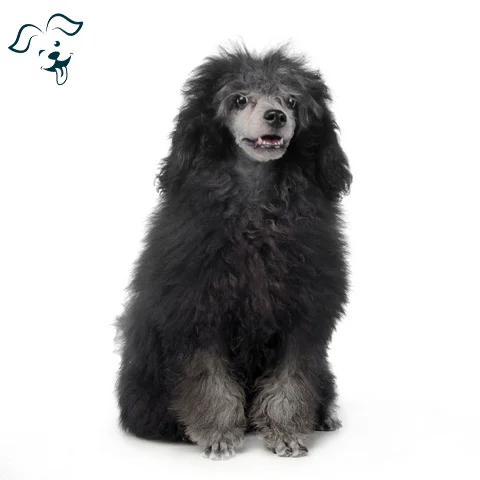
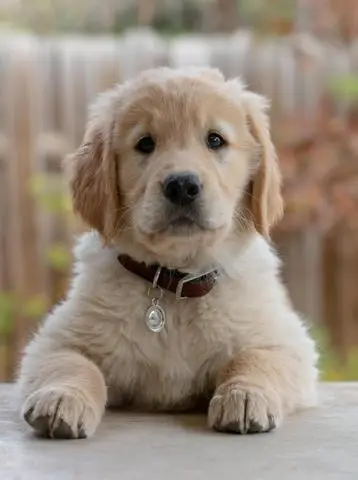
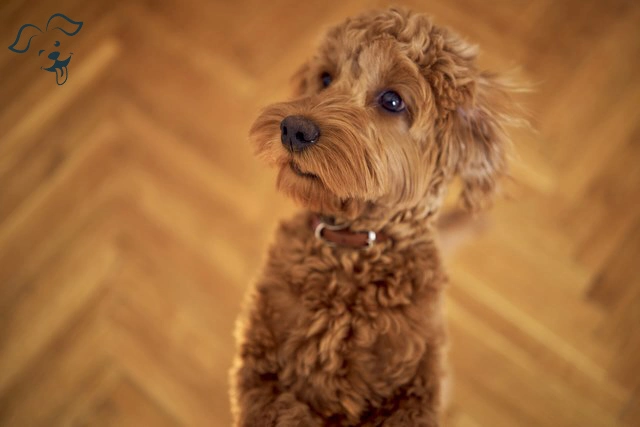
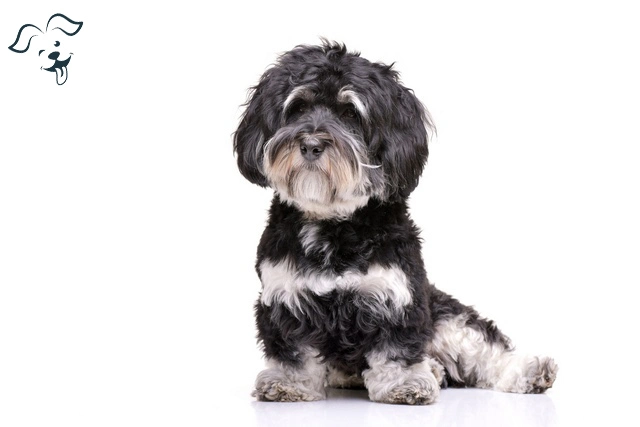
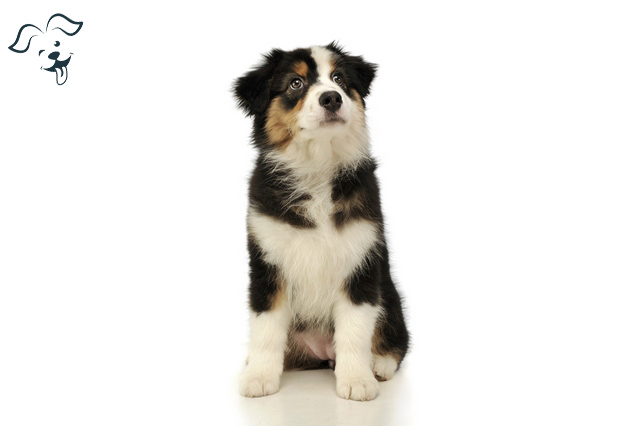
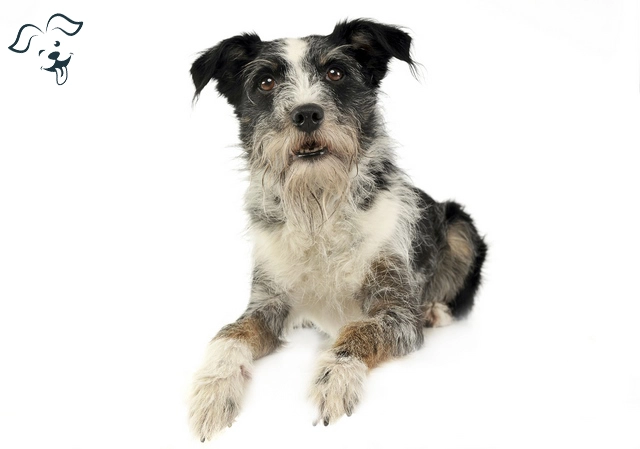
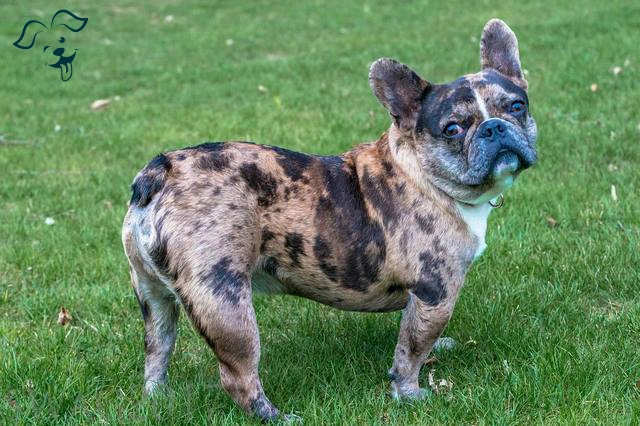
FRIENDLINESS
LIVELINESS
VIGILANCE INTENSITY
ADAPTATION CAPACITY